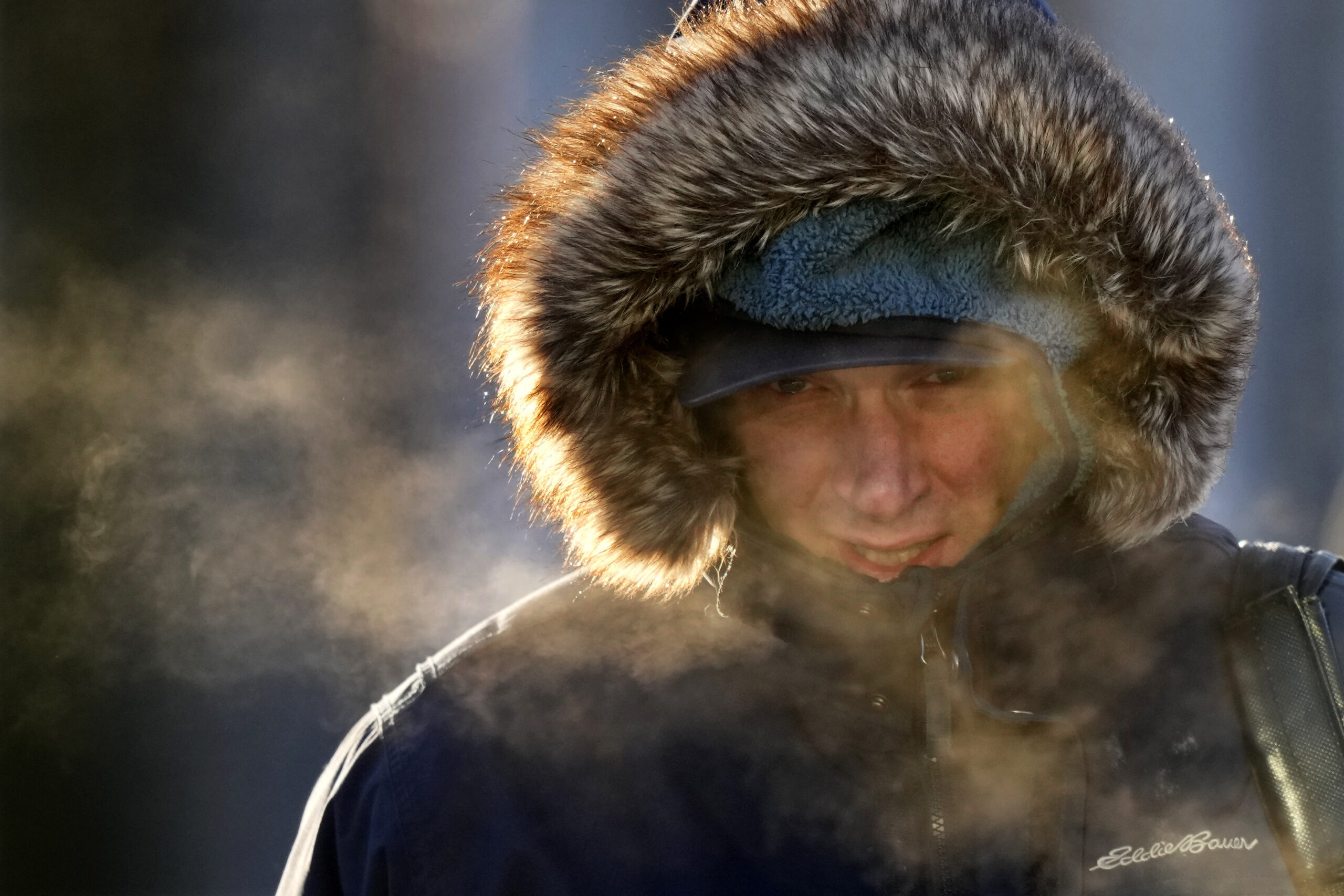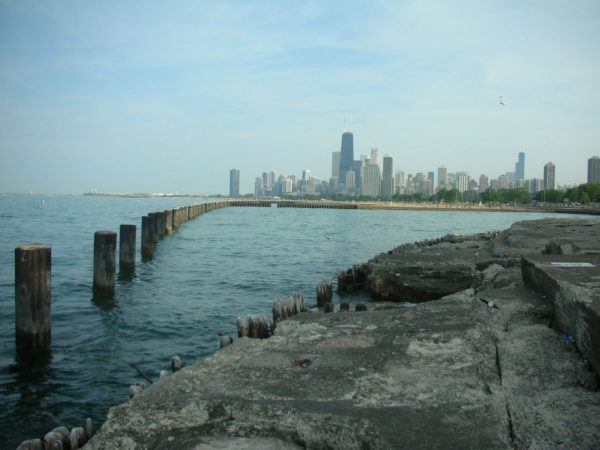
By Seth Borenstein, AP Science Writer
The upcoming United States winter looks likely to be a bit low on snow and extreme cold outbreaks, with federal forecasters predicting the North to get warmer than normal and the South wetter and stormier.
A strong El Nino heavily moderates and changes the storm tracks of what America is likely to face from December to February, with an added warming boost from climate change and record hot oceans, officials at the National Oceanic and Atmospheric Administration said Thursday in releasing their winter outlook.
The forecast warmth will likely turn some storms that would have dumped snow into rain in the nation’s northern tier, but there’s also “some hope for snow lovers,” with one or two possible whopping Nor’easters for the East Coast, said Jon Gottschalk, operations branch chief of NOAA’s Climate Prediction Center. Parts of the East Coast, particularly the Mid-Atlantic, may get more snow than normal because of that, he said.
Most of the country is predicted to be warmer than normal with that warmth stretching north from Tennessee, Missouri, Nebraska and Nevada, along with nearly all of California. The rest of the nation is forecast to be near normal or have equal chances for warm, cold or normal. NOAA doesn’t predict any part of the U.S. to be cooler than normal this winter.
“The greatest odds for warmer than average conditions are in Alaska, the Pacific Northwest and northern New England,” Gottschalk said.
A similarly large southern swath of the country is predicted to be wetter. The forecast of added moisture stretches from Massachusetts down the East Coast along most of the South below Tennessee, and extending west through Texas, Kansas, Colorado, Utah, Nevada and most of California, but excluding good chunks of New Mexico and Arizona.
The Great Lakes region and the furthest northern parts of the nation stretching from Lake Erie to eastern Washington are forecast to be drier than normal.
All this is because of El Nino, which is a natural periodic warming of parts of the Pacific that changes weather patterns worldwide and generally heats up global temperatures, Gottschalk and other NOAA scientists said. El Nino has its strongest effects, especially in the United States, during the winter. That’s when it sends the jet stream, which moves storm fronts, on an unusual path that is dominated by warmer and wetter Pacific air plunging south.
That means more rain in the South and extra storminess in the late winter, Gottschalk said. El Nino often means “unusual severe weather across the state of Florida because of a strong subtropical jet stream,” he said.
Those changes in the jet stream often can bring a storm along the East Coast with moisture from the Caribbean and Gulf of Mexico “to get very juiced up” and fall as heavy snow in big eastern cities, Gottschalk said. That depends on timing of temperatures and other conditions, so it’s not likely to happen more than a couple times. But if the timing is right, “these storms can really explode off the East Coast,” he said.
He pointed to Washington’s paralyzing 2010 Snowmageddon storm that dumped more than 2 feet on the capital region during an El Nino.
Normally the South gets not just wetter but cooler during an El Nino, but Gottschalk said the warmer ocean temperatures and record hot summer temperatures led forecasters to ditch a cooler outlook.
NOAA scientists said climate change is an added factor to their forecast, especially with winter being a season where the world sees some of the most warming above old normals from the burning of coal, oil and natural gas. Winter in the Lower 48 has warmed on average 1.6 degrees Fahrenheit (0.9 degrees Celsius) in the past 40 years, according to NOAA data.
Meteorologists outside NOAA see the winter playing out somewhat similarly.
Judah Cohen, a winter storm expert for Atmospheric Environmental Research, a commercial firm outside of Boston, has become prominent because of his successful forecasts based on fall Siberian snow cover and study of the infamous polar vortex. The Siberian snow cover, El Nino and other factors “indicate an overall mild winter,” he told The Associated Press.
When Siberia has less fall snow, the polar vortex, a mass of cold air centered at the top of the globe, tends to stay strong and keeps the frigid Arctic air penned up near the pole, Cohen said. When there’s more snow, the polar vortex is weaker and the frigid air escapes to the United States.
People on the East Coast should be prepared for “weather whiplash” with not much snow in general except for one or two real gangbusters, especially in the Mid-Atlantic, Cohen said.
The private firm AccuWeather forecasts below average snowfall in Boston, New York City, Pittsburgh, Buffalo, Chicago and Minneapolis, with near average in Kansas City, Salt Lake City and Philadelphia and more than normal in Denver.
AccuWeather predicts less warmth than NOAA, with pockets of southern California, New Mexico, Arizona, Texas, Oklahoma, Arkansas, Mississippi, Alabama and Tennessee cooler than normal.
___
Read more of AP’s climate coverage at http://www.apnews.com/climate-and-environment
___
Follow Seth Borenstein on X, formerly known as Twitter, at @borenbears
___
Associated Press climate and environmental coverage receives support from several private foundations. See more about AP’s climate initiative here. The AP is solely responsible for all content.
Catch more news at Great Lakes Now:
Scientists: Atmospheric carbon might turn lakes more acidic
24 states get $560M for high-priority cleanup of wells
Featured image: A passenger disembarks from a ferry arriving from Peaks Island, Feb. 4, 2023, in Portland, Maine. United States winter looks likely to be a bit low on snow and extreme cold outbreaks, with federal forecasters predicting the North to get warmer than normal and the South wetter and stormier, officials at the National Oceanic and Atmospheric Administration said Thursday, Oct. 19, 2023, in releasing their winter outlook. (AP Photo/Robert F. Bukaty, File)





